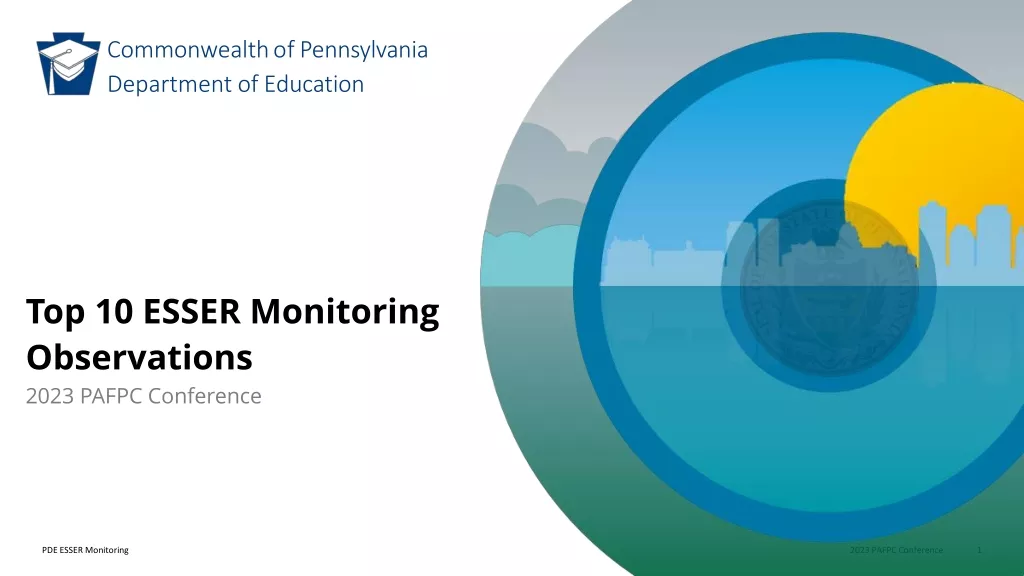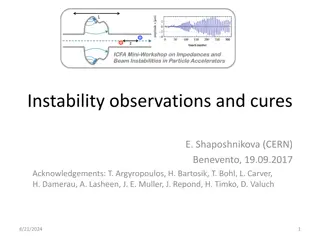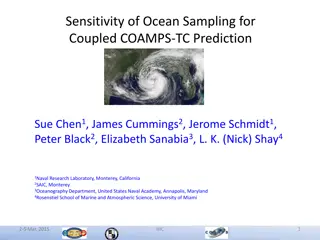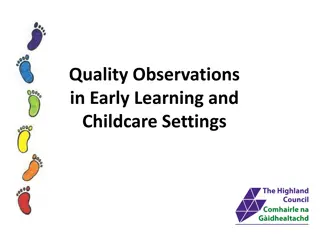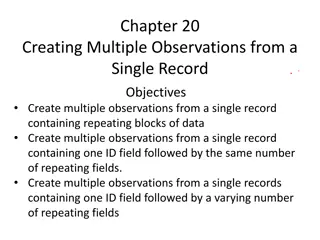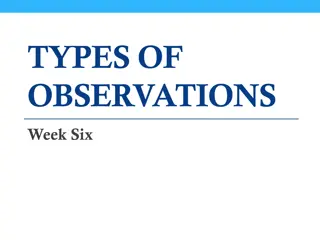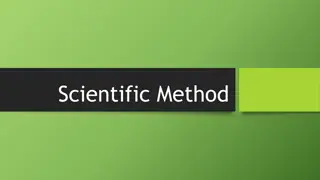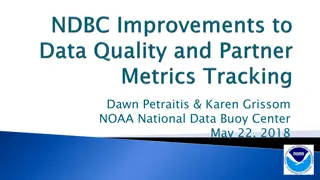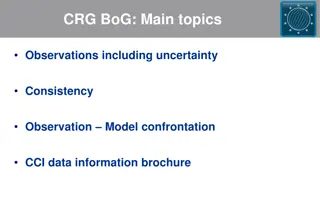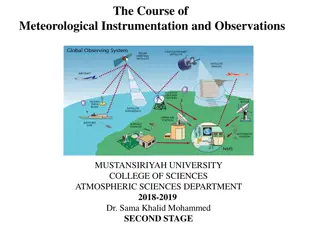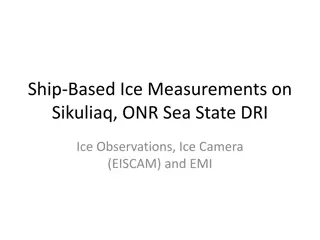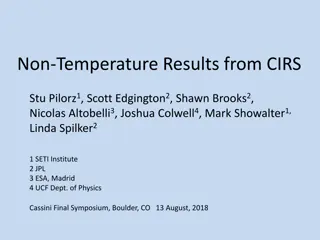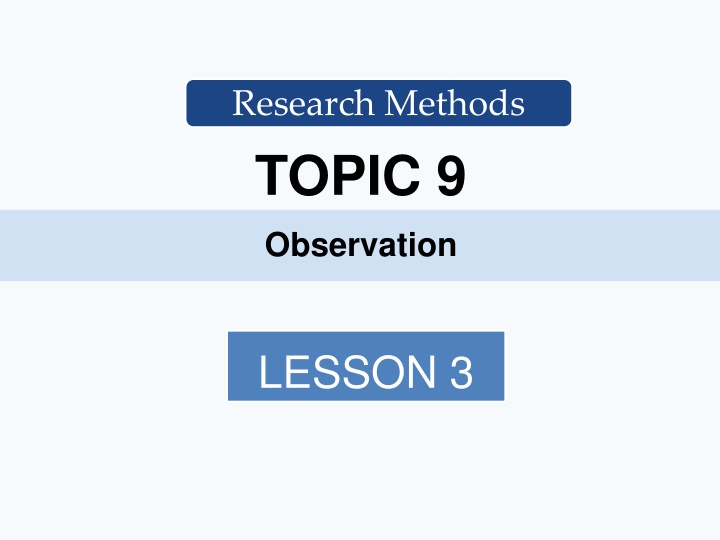
Measuring Truancy Through Participant Observation: Methods and Considerations
Explore the methods of measuring truancy through participant observation, covering definitions, practical, ethical, and theoretical issues, and alternatives to observation. Dive into the complexities of studying truancy in educational settings.
Download Presentation

Please find below an Image/Link to download the presentation.
The content on the website is provided AS IS for your information and personal use only. It may not be sold, licensed, or shared on other websites without obtaining consent from the author. If you encounter any issues during the download, it is possible that the publisher has removed the file from their server.
You are allowed to download the files provided on this website for personal or commercial use, subject to the condition that they are used lawfully. All files are the property of their respective owners.
The content on the website is provided AS IS for your information and personal use only. It may not be sold, licensed, or shared on other websites without obtaining consent from the author.
E N D
Presentation Transcript
Research Methods TOPIC 9 Observation LESSON 3
Truancy: How can we measure it by observing? Topic 7 page 207+ Objective: To plan a 20 mark methods in contexts question on participant observation I can define truancy with examples of why it may happen I can recap terms that can be used for an introduction I can answer practical and ethical issues questions and attempt 2 essay paragraphs I can conclude with an alternative to participant observation
To start With a partner, write a list of all the possible terms you could use on the topic of participant observation Areas to consider: The two types of sociologists linked to methods? (Clue: P & I) Names of any participant observation studies? The alternatives to observations? Any practical, ethical or theoretical issues linked to observations? Or ANYTHING else to do with participant observations?
The question: from the June 2011 paper The maximum mark for an answer solely about participant observation with no application to education/truancy was 10/20 (a D/E grade!)
5 minutes to answer these short questions 1. Define truancy (2 marks) 2. Suggest two reasons why a student may truant (4 marks) 3. Suggest two ways in which schools can measure truancy (4 marks) 4. Suggest two ways in which schools can reduce levels of truancy (4 marks) 5. Suggest two ways you may conduct participant observation to observe truancy (4 marks)
Plan Introduction Refer to the question, define terms (truancy, participant observation) and lay out your essay Paragraph One What are the practical problems of PO? How would it be difficult to measure truancy by observing? Who and what would you observe? Are there any strengths (cheap, do not have to control people/things) P Paragraph Two What are the ethical problems of PO? Is truancy an ethical topic? E.g. could the researcher put themselves in a harmful or illegal situation? E Paragraph Three What are the theoretical problems of PO? How are they reliable? Are they truly valid and representative? What about differences? (You don t have to mention truancy here) T Conclusion It is important to sum up the strengths and weaknesses of PO in relation to studying truancy. Can you suggest another method as an alternative? E.g. would it be better to use statistics or surveys to measure this topic? (quantitative alternative)
Introduction You have 5 to quickly plan AND attempt you essay introduction Checklist: 1. Define participant observation 2. State why interpretivists would use it (qualitative method) 3. Define truancy 4. Why use PO to measure truancy? (first hand account, valid etc.) 5. State the three types of issues you will talk about
P. 164 for practical issues in general Paragraph One - Practical Issues The five main practical issues are: 1. Time - how time consuming is PO? Does it take a long time to plan or setup? 2. Cost is PO expensive? Do you have to hire people or can one person do it themselves? 3. Skills of researcher - what skills are needed to do participant observation? 4. Access - how easy is it for someone to do PO? Could we do a PO? 5. Opportunity - is it possible to do an PO at any time e.g. in a school? Task: You have 7-8 minutes to write a paragraph on practical issues. Don t forget to mention truancy on every point you make Challenge: For each of the 5 points can you refer to PO and non-PO?
P. 165 for ethical issues in general Paragraph Two Ethical issues There are 5 main ethical issues too 1. Informed consent Why should participants give permission to be studied? What might happen if they don t give consent? 2. Confidentiality Why it is important to keep records private from the public (e.g. results, names, addresses) 3. Effect on participants Will it cause physical harm, mental damage, stress, or upset? (any famous cases of PO? Griffin, Humphreys etc.) 4. Vulnerable groups Some groups like children, the elderly or disabled cannot give consent and are not aware of the nature of the observation 5. Covert research If the research is undercover and the participants do not the nature of the study, what are the implications? Challenge: Can you refer to education for every point you make? Can you differentiate PO and Non-PO? Task: You have 10 minutes this time to write a paragraph on ethical issues.
To finish Conclusion (100 words max!) 1. Summarise a few strengths and weaknesses of PO as a method of studying truancy 2. Is truancy a practically/ethically difficult subject to study? 3. Can you identify a better method? E.g. official statistics or quantitative surveys?


